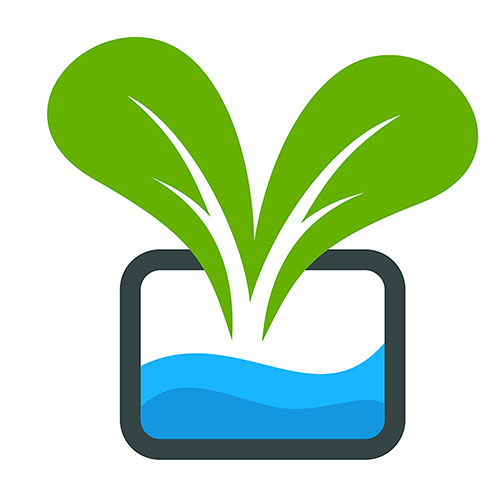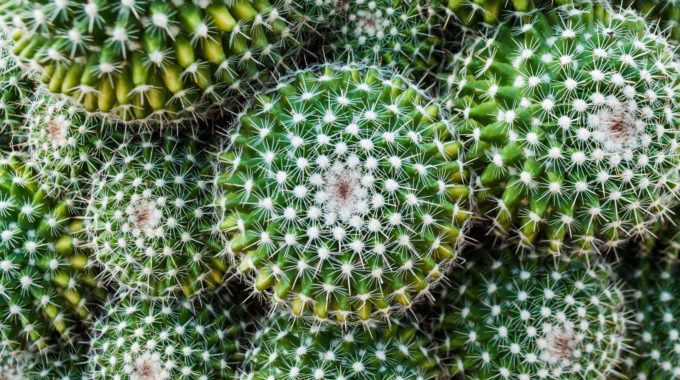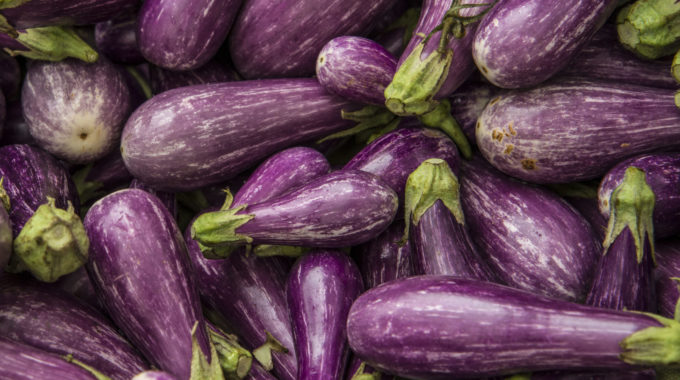Many hydroponic growers have only grown fruits, herbs, and veggies. But what if you decided…
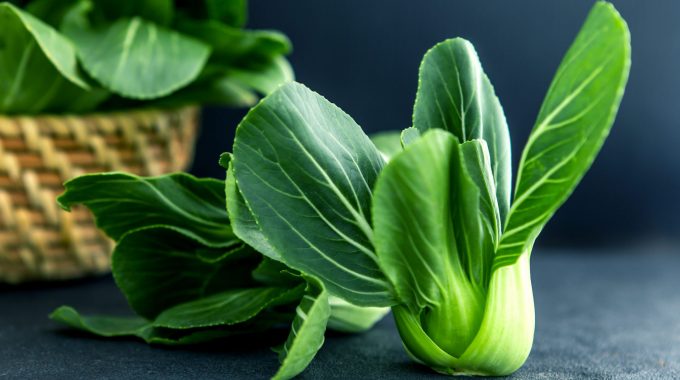
Bok Choy
Have you ever heard of bok choy? It’s a delicious Chinese vegetable that’s packed with nutrients and flavor. But did you know that you can easily grow it at home using hydroponics and aeroponics?
Bok choy, also known as Chinese cabbage, is a staple in many Asian cuisines. It’s a versatile vegetable that can be eaten raw or cooked, and it’s a great source of vitamins and minerals. Growing your own bok choy using hydroponics and aeroponics is a fun and easy way to enjoy this nutritious vegetable all year round.
In this article, we’ll take you through the steps of growing bok choy using hydroponics and aeroponics. We’ll cover everything from choosing the right equipment to harvesting your crop. Whether you’re a seasoned gardener or a beginner, you’ll find all the information you need to start growing your own bok choy at home.
So let’s get started!
Bok Choy Facts
Optimal PH: 6.0 to 7.5
1700-2000 PPM
Temp: 50-70 degrees
Enjoys: nitrogen, phosphorus and potassium
Grows Well With Hydroponically
- beats
- bush beans
- carrots
- chamomile
- chard
- cucumber
Grows Well With in Soil
- Onions
- Garlic
- Potatoes
- Celery
Grows Well With Aeroponically
- Dill
- Kale
- Lettuce
- Mint
- Chamomile
Hydroponic Bok Choy
Hydroponics is a popular method of growing plants without soil, using a nutrient-rich solution instead. If you are new to hydroponics and are planning to grow vegetables or fruits, it is important to know that you will need to start by growing the plant in soil before transferring it to your hydroponics system.
The reason for this is that plants grown in soil develop stronger roots, which will help the plant to thrive in the hydroponics system. Once the plant has developed 2 to 3 good leaves, it is time to transfer it to your hydroponics system.
When you transport the plant, it is important to apply light to the plant for about 6-7 hours of light daily. Any more light will cause the plant to stress. This is because the plant needs time to adjust to its new environment, and too much light can be overwhelming for it.
Once the Bok Choy is in your hydroponics system, you will need to give it 14-16 hours of light a day to ensure that it grows properly. The plant will also need to be regularly fed with a nutrient-rich solution to provide it with the necessary minerals and vitamins.
It is important to keep an eye on the plant to ensure that it is healthy. You will know that the Bok Choy is healthy when it has white roots. If you notice any discoloration or other signs of distress, you should take action immediately to prevent the plant from dying.
After about 30-45 days, you will be able to harvest your Bok Choy. This is a great achievement and a testament to your hard work and dedication. With the right care and attention, you can grow a variety of vegetables and fruits using hydroponics and enjoy fresh, healthy produce all year round.
Hydroponic Pak Choi Seed to Harvest
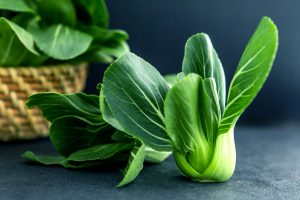
Aeroponic Bok Choy
Are you looking for a new way to grow your own fresh produce at home? Aeroponic gardening might be the solution you’ve been searching for. In this article, we’ll show you just how easy it is to grow bok choy using aeroponic methods.
What is Aeroponic Gardening?
Aeroponic gardening is a soilless method of growing plants. Instead of soil, plants are grown in a nutrient-rich mist, which is sprayed onto their roots. This method of gardening has many benefits, including faster growth rates, higher yields, and less water usage.
Growing Bok Choy Using Aeroponics
Bok choy is a leafy green vegetable that is commonly used in Asian cuisine. It’s a great choice for aeroponic gardening because it grows quickly and easily. Here’s how to grow bok choy using aeroponic methods:
1. Start by selecting a suitable aeroponic system. There are many different types of systems available, ranging from DIY setups to commercial systems. Choose one that fits your needs and budget.
2. Once you have your system set up, you’ll need to prepare your bok choy seeds. Soak them in water for a few hours before planting to help speed up the germination process.
3. Plant your seeds in your chosen aeroponic system. Make sure to follow the instructions for your specific system. Bok choy seeds should be planted about 1/4 inch deep.
4. Once your seeds are planted, it’s important to maintain the right conditions for growth. Keep the temperature between 60-75°F and the pH level between 5.5-6.5. You’ll also need to provide your plants with plenty of light.
5. As your bok choy grows, make sure to keep an eye on the nutrient levels in your system. You can use a pH meter and nutrient solution to ensure that your plants are getting the right amount of nutrients.
6. After about 30-40 days, your bok choy should be ready to harvest. Simply cut the leaves off at the base of the plant and enjoy!
Conclusion
Growing bok choy using aeroponic methods is a great way to produce fresh, healthy vegetables at home. With the right equipment and a little bit of know-how, anyone can start growing their own bok choy using aeroponics. Give it a try and see just how easy it can be!
Indoor Bok Choy
Bok Choy is a versatile plant that can be grown both indoors and outdoors. It is not too picky when it comes to temperature, and can tolerate a range of temperatures. This makes it an ideal plant for those who live in areas with fluctuating temperatures. However, when growing this plant outside, it is important to avoid growing it during the summer months. This is because the hot weather can cause the plant to bolt, which means it will start to produce flowers and seeds instead of growing leaves. By avoiding the summer months, you can ensure that your Bok Choy grows healthy and produces plenty of leaves for you to enjoy.
Pruning
Pruning isn’t necessary when growing this Chinese cabbage. Why? It will grow into one huge bulk. Although, if there is a leaf that is looking rough, prune it so it doesn’t kill your other leaves!
Pest Control
Like any plant, you’re going to get unwanted pests. With Bok Choy, the most common is cabbage maggots, flea beetles, and tarnished plant bugs.
Diseases
Although most diseases come from outside and the soil, your plant can still be affected. Some common diseases we see with these are caused by the leaves being moist, which then cause spots to appear on the leaves.
Tips & Tricks
- You will need a lot space for the Book Choy to grow, it tends to get very bulky and will continue to grow
- If you happen to have too many in a pod, you can separate them and put some in a Kratky jar
- Add a fan next to this plant as it will help strengthen the stems and plant
- Bok Choy loves the cold
- If you have larger leaves, cut those off. You can use sharp scissors and cut at the base of the leaf
Inside Scoop
Many growers of Bok Choy have issues with Fungus Gnats, and recommend the Yellow Sticky Tape.
It is okay to eat the thicker white part of the plant!
Someone mentioned that their plant kind of got out of hand, so they placed a hair tie/rubber band around the base of the plant. This made the plant grow in a bundle and helped with the spacy leaves.
When you go to prune the plant, try not to cut the center leaves. This could impact the future growth.
Only plant one seed per pod, or you can risk having an overload and not having enough space or light to go around for all the plants.
Where can I find the best Seeds?
Baby Bok Choy Seeds – These grow to about half the size of regular sized Bok Choy, making it perfect for any Hydroponic system.
Bok Choy Seeds – These grow up to 16 inches, so keep that in mind when choosing your seeds!
Gaea’s Blessing Seeds, Bok Choy – Are guaranteed to grow!
AeroGarden Grow Anything Seed Pod Kit – This kit is everything you need to get started growing your favorite plants!
